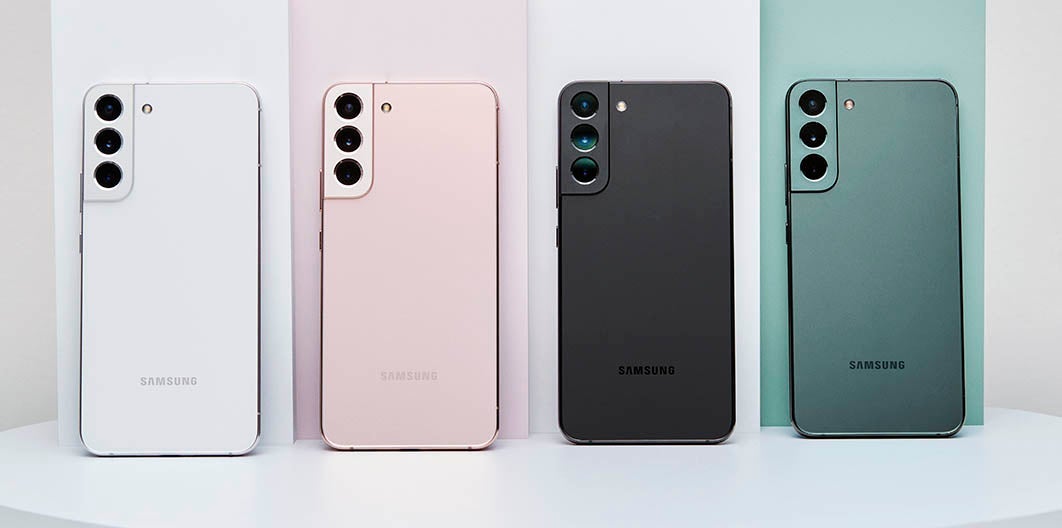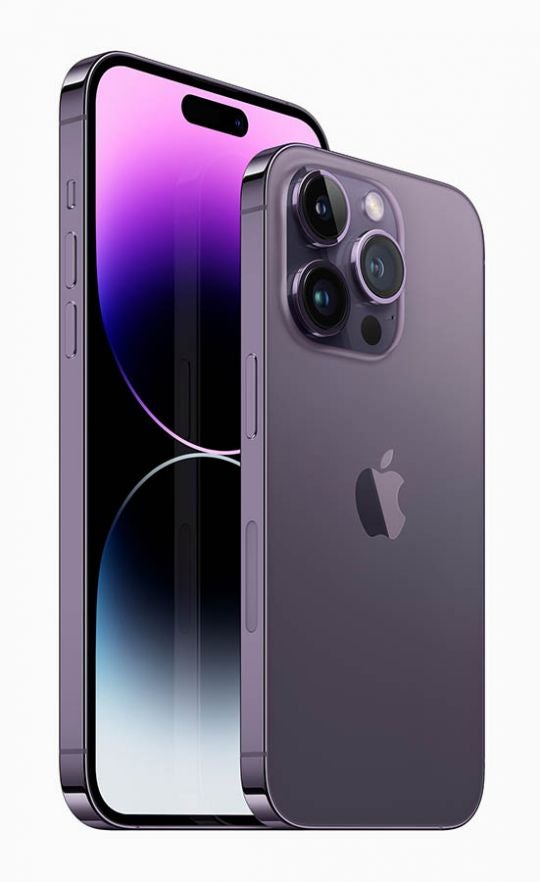Your shiny new smartphone may be sporting all the latest software features, but for how long can you expect security updates and support? In short: it depends. As soon as you take possession of your device, the clock starts ticking on its software shelf life. Support varies by both manufacturer and device, so it pays to do your research before making a purchase.
There is no such thing as forever when it comes to smartphone software support. And it’s important to keep this in mind when weighing up device pros and cons. Given that previous IDC research has shown a trend of New Zealanders holding on to their smartphones for longer (for an average of 3.7 years), software support should be a key consideration for consumers.
Below we take a look at what security updates are, why they matter and whether older smartphones still receive updates. We also look at how to manually check for Android and iOS updates, and the update policies of Samsung, Oppo and Apple.

What are security updates and why do they matter?
When you purchase a new smartphone, it comes with preinstalled software known as an operating system (OS). Google and Apple typically release new OS versions (Android and iOS, respectively) on a yearly basis. The latest versions not only include new functions, but also the latest security features.
However, regular security updates (often referred to as security patches) are also needed throughout the year. It would, of course, be impractical to release a new OS version every time the software needs tweaking, and time is often of the essence when releasing these updates.
Instead, the security update is issued for the OS version, allowing for a fast turnaround if required, and shoring up your smartphone’s security.
For example:
- Android 12 – is the current version of Android. Since its October 2021 release, a number of security updates have been issued (Google does so on a monthly basis). Details can be found here
- iOS 15 – the same goes for the latest version of iOS, released in September last year. Since its release, Apple has periodically issued security updates. Details can be found here
In this respect, your smartphone’s software is constantly evolving. Outwardly, all the functions and features may remain the same. However, behind the scenes, important changes are being made.
For instance, it could be that a security update addresses a recently identified bug or vulnerability, ensuring your smartphone is not open to a third-party attack. For this reason, it’s important to confirm that your smartphone is receiving all available updates.

Do older smartphones still receive security updates?
If your smartphone is running the latest version of Android or iOS, you can expect a strong level of software support. However, even if you own an older smartphone running an older OS version, you may still receive security updates, and may continue to receive updates for some time.
Of course, not every smartphone will be running the latest OS version. Many devices continue to run older versions, and it’s important to keep in mind that software support for older versions is not cut off every time a new version is released.
Both Google and Apple provide regular rundowns of their respective security updates across different Android and iOS versions. You can track which older versions are still being supported via the links in the previous section.
The length of security update support provided depends on both the manufacturer and the device (more on this below). For instance, flagship smartphone models are generally far more likely to receive updated OS versions and software support over an extended period of time.
However, keep in mind that, from flagship smartphones to budget models, it’s only a matter of time before support for older OS versions is phased out. Meanwhile, if you are in doubt about your support status, it’s important to confirm that you are still receiving updates (see the next section).
How to check for Android and iOS security updates
ANDROID
Google advises that most Android system and security updates happen automatically. To begin with, it is worthwhile confirming your smartphone’s Android version and security update level. (The below steps may vary depending on your smartphone and Android version.)
To do so, you need to access the Settings app, and then (near the bottom): select About phone > Android version. Here you’ll find your Android version and security update information.
To manually check if Android security updates and Google Play system updates (which can also address security issues) are available, Google advises you need to:
- Open the Settings app
- Select Security
- Check for an update (selecting either Google Security checkup or Google Play system update)
- Follow any on-screen steps
iOS
As a starting point, iPhone users can check their currently installed iOS version and whether an update is available via: Settings > General > Software Update. (These steps may differ depending on the iOS version being run.)
Via this screen, you also have the option of turning on automatic updates. You need to select Automatic Updates, and can then turn on Download iOS Updates and Install iOS Updates.
To manually update your iPhone, Apple advises that you need to:
- First back-up your iPhone using iCloud or your computer
- Plug your iPhone into power and connect via wi-fi
- Access Settings > General and select Software Update
- If two software update options are available, choose the one you want to install
- Select Install Now. If you see Download and Install instead, select it to download the update, enter your passcode, then select Install Now
How long will your smartphone receive security updates?
When shopping for a new smartphone, it’s important to weigh up any software and security support commitments made by manufacturers. This support will typically be focused on both new OS version availability and ongoing security support.
Below we run through how long you can expect security updates for select Samsung, Oppo and Apple smartphones.

Samsung
Samsung presides over a vast range of Android smartphones, from budget through to mid-range and premium models. Security update support varies, so it is important to confirm support availability for your specific smartphone model.
Earlier this year, Samsung advised that it will be offering up to four generations of One UI (its customised Android interface) and Android OS upgrades for select Galaxy S series, Z series and A series smartphones.
In addition, Samsung advised that it will provide up to five years of security updates for select Galaxy devices.
Oppo
 Oppo also produces Android smartphones in the budget, mid-range and premium categories, with support varying from model to model. As with Samsung, you need to confirm support for your specific smartphone model.
Oppo also produces Android smartphones in the budget, mid-range and premium categories, with support varying from model to model. As with Samsung, you need to confirm support for your specific smartphone model.
Last year Oppo advised that, for devices released from 2019 onward, it will guarantee three major Android updates for its Find X series models (excluding the Find X Lite and Neo models, which will receive two updates), two updates for its Reno, F, K and some A series models, and a single update for its low-memory A series models.
It also advised it will provide four years of regular security updates for its Find X series models, and three years for its Reno, F, K and A series models.
Apple
 Apple’s software support for older iPhones has steadily expanded in recent years, with many models receiving five or more years of updates. This includes both new iOS versions and software updates for older iOS versions.
Apple’s software support for older iPhones has steadily expanded in recent years, with many models receiving five or more years of updates. This includes both new iOS versions and software updates for older iOS versions.
The Apple website provides a rundown of which iPhone models are compatible with which iOS version (from iOS 12 through to iOS 15). It shows that iOS 15 compatibility stretches back to the iPhone 6s and 6s Plus (2015).
Meanwhile, when it comes to security updates, the Apple website shows that it continues to issue updates for iOS 12, providing support for older devices.
Compare phone plans with Canstar Blue
About the author of this page
![]() This report was written by Canstar author Martin Kovacs. Martin is a freelance writer with experience covering the business, consumer technology and utilities sectors. Martin has written about a wide range of topics across both print and digital publications, including the manner in which industry continues to adapt and evolve amid the rollout of new technologies
This report was written by Canstar author Martin Kovacs. Martin is a freelance writer with experience covering the business, consumer technology and utilities sectors. Martin has written about a wide range of topics across both print and digital publications, including the manner in which industry continues to adapt and evolve amid the rollout of new technologies
Enjoy reading this article?
You can like us on Facebook and get social, or sign up to receive more news like this straight to your inbox.
By subscribing you agree to the Canstar Privacy Policy




Share this article